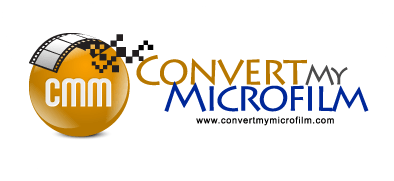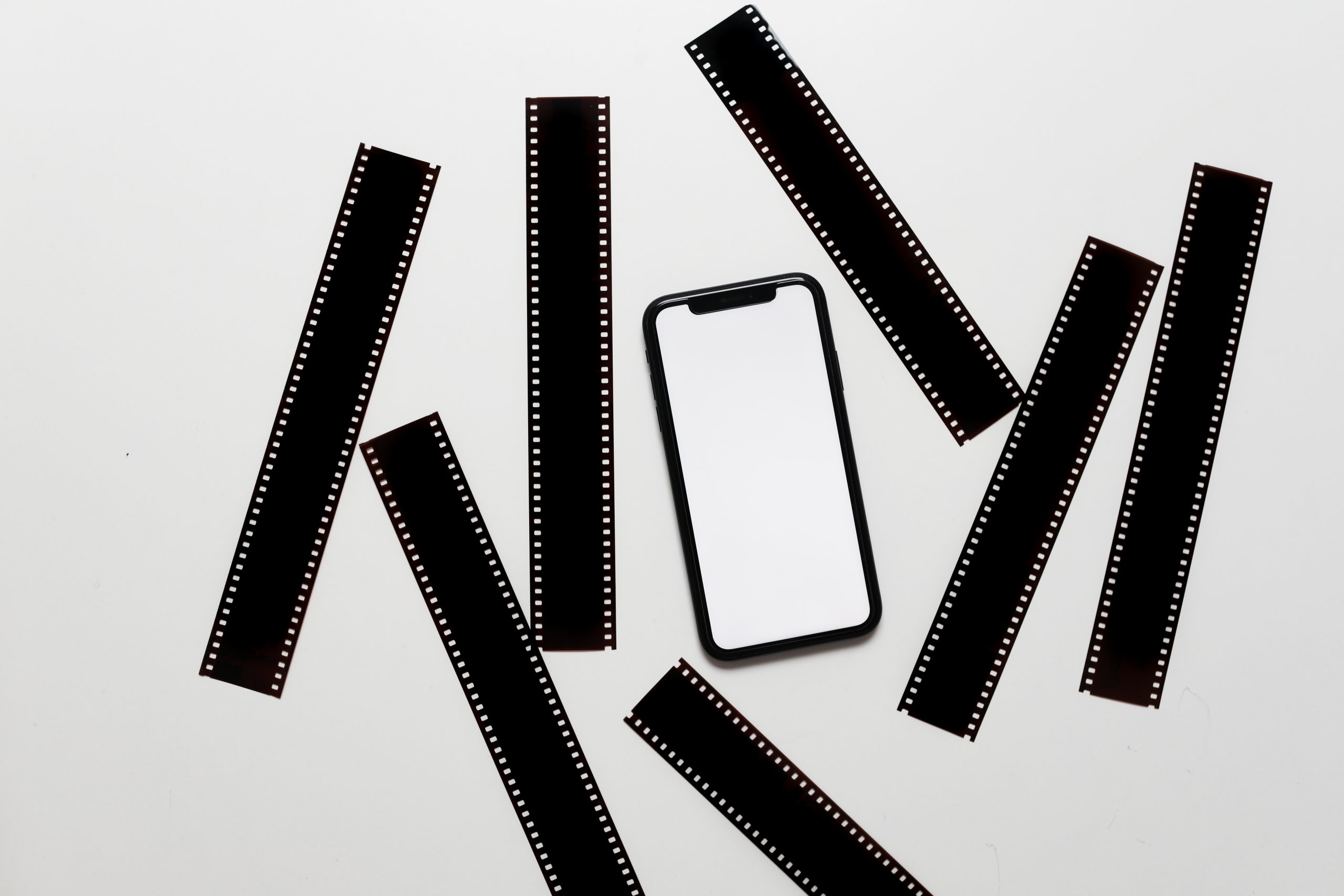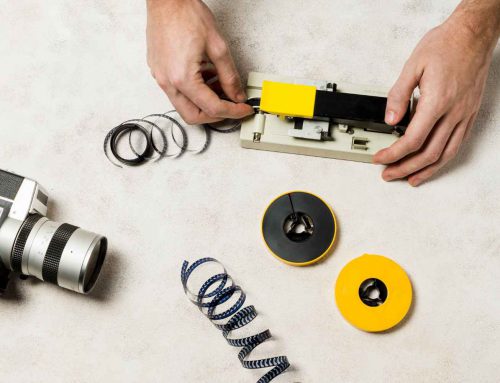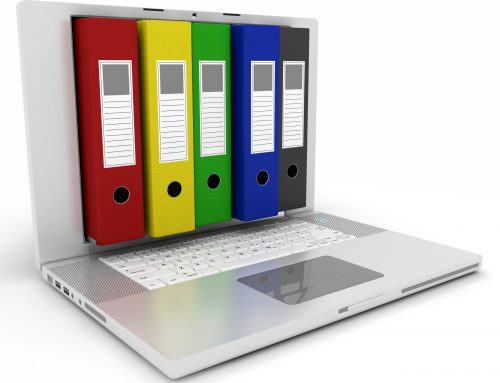Microfilm is a method used by corporations and organizations to store records in a readable manner to conserve storage space. Microfilm formats have a limited lifespan; thus, converting Microfilm to a digital format before their decomposition is important. Transferring Microfilm pictures to a computer is a simple procedure that may be accomplished by following a few specific steps (often assumed as DIY but professional help is required). By converting Microfilm records to digital format, firms may save vital information for the long term and access them as needed.
Learn how to convert Microfilm to the digital format by reading on!
Why Should Microfilm Be Digitized?
Although Microforms have been used for many years to store and retain vital information, they are extremely prone to destruction when improperly stored. In addition, they cannot be read without a Microfilm reader, making it impossible to retrieve your essential information.
The Advantages of Microfilm to Digital Conversion
Microfilm and Microfiche were formerly among the most efficient ways to store enormous quantities of information. They were widely employed in libraries, corporations, and other institutions that needed a structured, reasonably small, and easily accessible method of storing information. But technological advancements have rendered both of these formats obsolete. Today, it is far more convenient to retrieve data using a computer, which is why most individuals have never used Microfilm or Microfiche.
More people are turning to Microfiche scanning services to preserve the information and memories stored on Microfilm and Microfiche. However, what is the primary advantage of Microfilm scanning services? And is it the best option given your circumstances?
1. Maintains Information Accurately
One of the issues with Microfilm is that it begins to fade and degrade with time unless it is preserved in absolutely ideal circumstances. (And even if stored in absolutely perfect cases, it lasts five hundred years. Can ideal conditions be maintained for 500 years?)
This represents a significant risk if you rely on such information. However, all of the information is retained exactly when this Microfilm is digitalized before it may degrade. After your files have been converted to digital format, they can be sharpened, adjusted, and brightened. It ensures that the information is not lost even if your fiche is not in great shape.
As digital data, your converted and restored film and fiche will live eternally.
2. Better control over documents
Someone must be committed to getting Microfilm, turning on the machine, and finding the right panel. Is there any way to stop them?
Sensitive information can be password protected and censored once Microfilm and Microfiche have been digitized. In addition, depending on the content management system you employ, you can limit access to specific folders or data types. With digital files, you may restrict access to data to only those who require it.
3. Discoverability
Following Microfilm or Microfiche convention, files are indexed, enabling keyword searches of all data. Instead of attempting to recall a specific roll of film and then searching through the boxes or filing cabinets, you may just input a term, date, or name, and the information will appear.
4. Immediate Availability
There is no such thing as immediate access to Microfilm. It must be located, loaded, and painstakingly looked through before hopefully discovering the desired image.
Your files are immediately accessible when your film or fiche has been digitized. Instead of spending hours searching for a single piece of information, you can retrieve it with a few keystrokes and mouse clicks.
5. Greater physical area
Wouldn’t it be good if your business, school, or library had additional space? Eliminating your Microfilm and Microfiche boxes is a great method to do this.
When you convert your data to digital form, it may be stored on a company server, in the cloud, on your equipment, or in another location. This suggests you might increase your square footage significantly without moving.
6. Increased Productivity
As we have shown, locating a single information item on Microfilm or Microfiche requires some time. The physical preparation for a search takes considerable time, and the actual search might take hours if you are not sure what you are looking for.
When files are digitized, employees can quickly search to locate the necessary information and move on with their day. It frees up a great deal of time for your personnel to perform tasks that are more beneficial to your business, customers, and clients.
7. Spend Less
You can cut costs by not maintaining Microfiche/Microfilm readers or machines by having more productive personnel. Also, those ideal circumstances described previously? You won’t have to worry about storing your information in the appropriate environment, which might be pricey if you operate in a very cold or warm region.
8. Peace of Mind
Natural catastrophes can occur anywhere, including at your home or business. Although it’s always possible, we pray that tornadoes, hurricanes, and other unusual weather phenomena don’t happen.
When you digitize your records, the data will exist regardless of what happens to the physical copy. Even if you choose to maintain your physical Microfilm, you will have a digital backup in the event of a disaster or audit.
Key factors to consider before scanning Microfiche
Scanning Microfiche material to a digital format is, therefore, the way ahead, but you must take in mind the following while planning your Microfiche conversion project:
- Determine if the original Microfiches are in excellent condition: Image quality is crucial to consider before beginning a conversion process. The Microfilm must be in good shape, especially if you intend to employ Optical Character Recognition (OCR) technology for automatic data extraction. Any damage to the film might make it difficult to recover the data from the Microfiche.
- Determine the Microfiche volume to be scanned: Large projects require specialized Microfiche scanners with a high scanning speed. You will also want skilled specialists to manage large quantities of records, coordinate the filing and classifying of papers, and monitor scanning time and project costs.
- Get a handle on your available budget: When big finances are available all at once, you can arrange a one-time scanning operation to digitize all old records. Nevertheless, if the budget is divided into many payments or adequate finances for the entire project are not immediately accessible, you might elect to scan a specified number of Microfiche each month to stay within your budget.
- Do you require some active files to be digitized first or with precedence? What are the project’s timelines? Only the Microfiches that are immediately required in digital format are scanned in a scan-on-demand service. You can later address the tasks with lesser importance or use a phased strategy.
- Choose a scanning firm with sufficient expertise with legacy Microfiche: Microfilm scanning is a difficult procedure. Records of the past may have degenerated over time. To preserve the information on fragile, historic Microfiche documents, you require the assistance of professionals familiar with the complexities of dealing with such records and who have the knowledge and expertise to provide the best possible results from the scanning process. You should partner with a reputable scanning provider for your Microfiche conversion job.
Converting Microfilm to Digital Formats: A Step-by-Step Guide
When the time comes to learn about how to convert Microfilm to digital, you may be curious about the conversion procedure. Finding the proper equipment and achieving high-quality results can be difficult, despite the apparent simplicity of the process. Therefore, it is essential to engage a specialist.
Continue reading to learn more about converting Microfilm to digital forms. Here is how we convert your outdated Microfilm to digital versions that are easily accessible.
-
Ensure to Use Correct Microfilm Scanner
Before we can begin digitizing Microfilm, we must first determine which type of Microfilm you provided. The two primary kinds are 16mm and 35mm. Smaller and more difficult to copy, 16mm Microfilm necessitates employing more potent equipment for high-quality output.
While reviewing your Microfilm, we take the time to organize it according to the sequence you want us to convert it. It will save us time arranging your new files after completing the conversion.
-
Get Equipment for Scanning
This is perhaps the most difficult stage when attempting to undertake Microfilm conversion independently, as the necessary equipment might be difficult to locate.
To modify and save the pictures produced from the Microfilm, we need a digital reader or specialist Microfilm scanning equipment and software. Verifying that we have sufficient storage for your newly digitized files is crucial, as TIFF pictures can consume significant space.
-
Start the Scanning and Conversion Process
After organizing your Microfilm and setting up our equipment, it is time to begin scanning!
-
Perform a thorough Image Inspection
Following the third, this stage lasts the remainder of the scanning process. As pictures are received, it is essential to evaluate their quality so that we can address any issues with scan quality before having to retake many scans. If we discover it early, it will save us a great deal of time and effort in determining which Microfilm areas must be rescanned.
-
Commence the Conversion Process through Microfilm Scanner
Finally, choose the file format you require and begin the conversion procedure! This is the final stage before we deliver the converted Microfilm and originals to you so that you may access your essential sources more conveniently.
Why Are Professional Services A Better Option?
Even though it may seem feasible to perform the digitizing process on your own, it is often not advisable. Firstly, the Microfilm digitization equipment might be difficult to find and expensive, making the investment unfeasible if you have a limited amount of Microfilm to scan.
In addition, the procedure might present several obstacles. Therefore you need the experience to accomplish success. Learning how to use scanning and picture editing software takes a great deal of time, so it’s typically far simpler to engage pros who can handle the entire process and deliver good results at a reasonable cost.
Convert My Microfilm has provided Microfilm scanning services to several government organizations and Fortune 500 corporations for several years. Our extensive expertise, sophisticated equipment, and stringent quality assurance procedures make us an ideal partner for your next Microfilm scanning job. Contact us immediately for a free quote.




![Why Do You Need Microfilm Digitization Services? [Infographic]](https://convertmymicrofilm.com/wp-content/uploads/Microfilm-reels-and-digitization-services-500x383.jpeg)

Leave A Comment